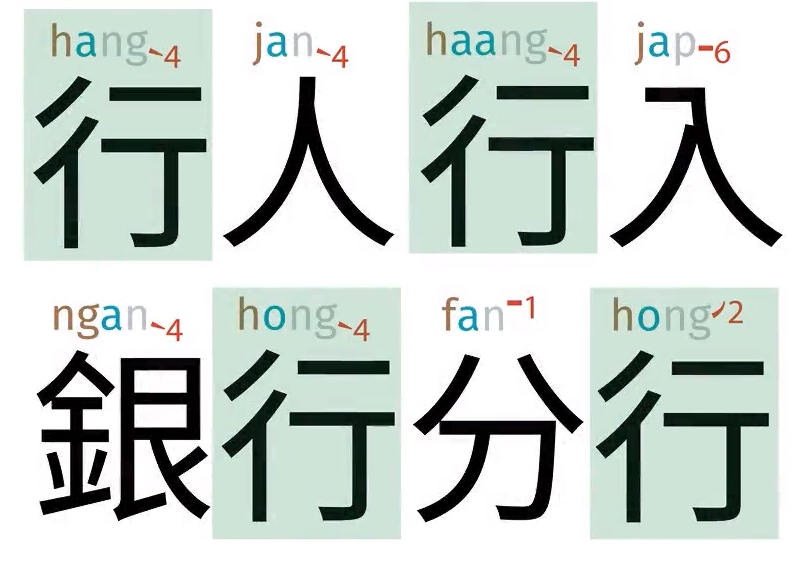Pronouncing literally
Commenting on yesterday's post "Semantic drift of the week", Nicholas wrote this about the pronunciation of different senses of the word battery:
In Australia and many parts of the UK, the pronunciation between both is significantly different.
"Batch-ry" holds the electrical charge.
Batt-ery is the criminal charge.
Pronouncing words like military, literally, and battery without making the "ch" sound (mili-chery') is a sign of an uneducated person..
Many other comments followed, discussing various pronunciations of these and similar words, along with their geographical, social, and lexical distributions.
This morning I'll ignore the interesting sociolinguistic aspects, except to note (as sociolinguists often remind us) that people's intuitions about when and why they say what are generally not very reliable, so that it's a good idea to check how people actually talk, including ourselves…
Instead I'll take a brief look at the phonetic issue under discussion.
Read the rest of this entry »

